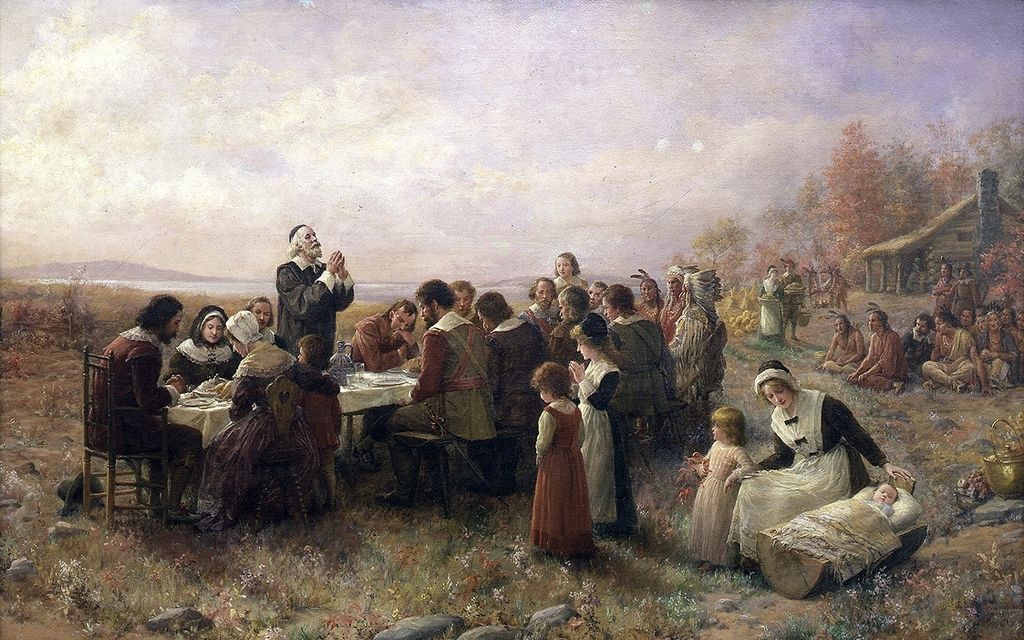
The “First Thanksgiving at Plymouth,” as envisioned by Jennie Augusta Brownscombe…
* * * *

Which had to do with pilgrimages in general.
And which seems especially appropriate, given my own recent pilgrimage to Spain and the Camino de Santiago. (See “Hola! Buen Camino!”) And incidentally, the “Santiago” in that pilgrims’ route refers to “St. James the Greater.” He in turn is the “patron saint of pilgrims and pilgrimages.” Further on, the post on St. James included this:
“In the spiritual literature of Christianity, the concept of pilgrim and pilgrimage may refer to the experience of life in the world (considered as a period of exile) or to the inner path of the spiritual aspirant from a state of wretchedness to a state of beatitude.”
I don’t know about that “state of beatitude” at the end of my Camino trip. However, I do know that I was pretty darned happy to be back in the ATL and “God’s Country.” Anyway, I ended the St. James post with this: “you could say that – in a sense – we’re all Pilgrims…”
 Which brings us back to that First Thanksgiving… And which ties in to my last post, “No such thing as a ‘conservative Christian…’”
Which brings us back to that First Thanksgiving… And which ties in to my last post, “No such thing as a ‘conservative Christian…’”
Bear with me.
As noted,* the Pilgrims who landed at Plymouth Rock suffered greatly for their faith. 49 of the original 102 died between 1620 – when they landed – and that First Thanksgiving in 1621. Of the 18 adult women, only four survived that first winter. And they did all that just to get the hell away from “conservatives” back home!
And incidentally, the word “pilgrims” – applied to passengers of the Mayflower – first came from the pen of William Bradford. (Of whom it is said the author is a distant relative.)
In his book, Of Plymouth Plantation, Bradford wrote about whether they should return to England, from their stay in Holland. He noted that he and his compatriots “had the opportunity to return to their old country but instead longed for a better, heavenly country.”
In other words, they wanted to get the hell away from “conservatives” back home! (Conservatives, how about “Make America Better!” It never stopped being great, “fool!”)
Anyway, Bradford also wrote about conditions that made that decision easier:
[The “Pilgrims” in England] were hunted & persecuted on every side, so as their former afflictions were but as flea-bitings in comparison of these which now came upon them. For some were taken & clapt up in prison, others had their houses besett & watcht night and day, & hardly escaped…
 See Pilgrims (Plymouth Colony) – Wikipedia. That site also said Bradford used the imagery of Hebrews 11 – “about Old Testament ‘strangers and pilgrims'” – to make his point:
See Pilgrims (Plymouth Colony) – Wikipedia. That site also said Bradford used the imagery of Hebrews 11 – “about Old Testament ‘strangers and pilgrims'” – to make his point:
There were others who were tortured, refusing to be released so that they might gain an even better resurrection. Some faced jeers and flogging, and even chains and imprisonment. They were put to death by stoning; they were sawed in two; they were killed by the sword.
And all of which – arguably – came at the hands of conservatives. The same “conservatives” who threatened to stone Moses, who insisted the world was flat and threatened anyone who disagreed, and burned people at the stake in the form of the Spanish Inquisition…
* * * *
Of course some of the foregoing is mere hyperbole: “exaggeration as a rhetorical device… In poetry and oratory, it emphasizes, evokes strong feelings, and creates strong impressions. As a figure of speech, it is usually not meant to be taken literally.”
The problem is that today’s conservatives – in both politics and religion – have used hyperbole so long and so often that they do take it literally. They ignore the fact that “If Jesus was a Conservative, how come we’re not all Jewish?” (See The “Bizarro Rick Santorum” says.)
Which leads to this thought: It’s time for all of us to take a long pilgrimage away from our gross overuse of hyperbole – to the point where far too many people take it far too literally. Enough of “strong feelings” and “strong impressions.” Let’s all tone it down a bit.
Come now, and let us reason together, saith the Lord…
That’s from Isaiah 1:18, in the King James Version. (You know, the one God uses…) And that seems to be a Bible passage that today’s “conservative Christians” seem to ignore.
Meanwhile, those of us who aren’t “conservative Christians” still have reason to give thanks on this holiday. Those of us who dare call such conservatives to account aren’t “hunted & persecuted on every side,” we aren’t “taken & clapt up in prison,” and we aren’t “put to death by stoning,” “sawed in two,” or “killed by the sword.” (Not yet anyway…)
* * * *
As to the phrase “whole new world” in the caption below: It’s “a nod to the song by that name in the movie Aladdin.” See A whole new world … YouTube. and Whole New World Lyrics:
“A whole new world, A new fantastic point of view, No one to tell us no, Or where to go… Unbelievable sights, Indescribable feeling, Soaring, tumbling, freewheeling, Through an endless diamond sky…”
All of which could describe the feelings of any pilgrim setting out for any “new world.” But finding that New World necessarily entails getting the heck away from the conservatives!
But finally, to all y’all out there, liberal, conservative, and way too “moderate and nicey-nicey:”
Have a Happy Thanksgiving!!!
Or as it says in Deuteronomy 26:11, “Then you, together with the Levites and the aliens who reside among you, shall celebrate with all the bounty that the Lord your God has given to you and to your house.” But of course, the “emphasis” brings up a whole ‘nother subject entirely…
* * * *

Mayflower Pilgrims, leaving conservatives back home, looking for a “whole New Wo-o-o-orld…*”
* * * *
The upper image is courtesy of Thanksgiving – Wikipedia, caption: “Jennie Augusta Brownscombe, The First Thanksgiving at Plymouth, 1914, Pilgrim Hall Museum, Plymouth, Massachusetts.”
Note also that an asterisk in the main text indicates a statement supported by a reference detailed further in this “notes” section. Thus as to the phrase “As noted,* the Pilgrims:” This year’s post was gleaned – in reverse order – from past posts: On Thanksgiving – 2016, On Thanksgiving 2015, On the first Thanksgiving – Part I, and On the first Thanksgiving – Part II.
Re: William Bradford‘s use of Hebrews 11. Wikipedia said he “used the imagery of Hebrews 11:13–16.” The passage about people being sawn in two (etc.) is from Hebrews 11:35-37.
The caption for the map to the right of the paragraph beginning “See Pilgrims (Plymouth Colony) – Wikipedia,” is captioned: “Samuel de Champlain‘s 1605 map of Plymouth Harbor, showing Wampanoag village Patuxet, with some modern place names added for reference. The star is the approximate location of the 1620 English settlement.”
The lower image is courtesy of Pilgrim Fathers – Wikipedia: “Embarkation of the Pilgrims (1857) by the American painter Robert Walter Weir at the Brooklyn Museum in New York City.”
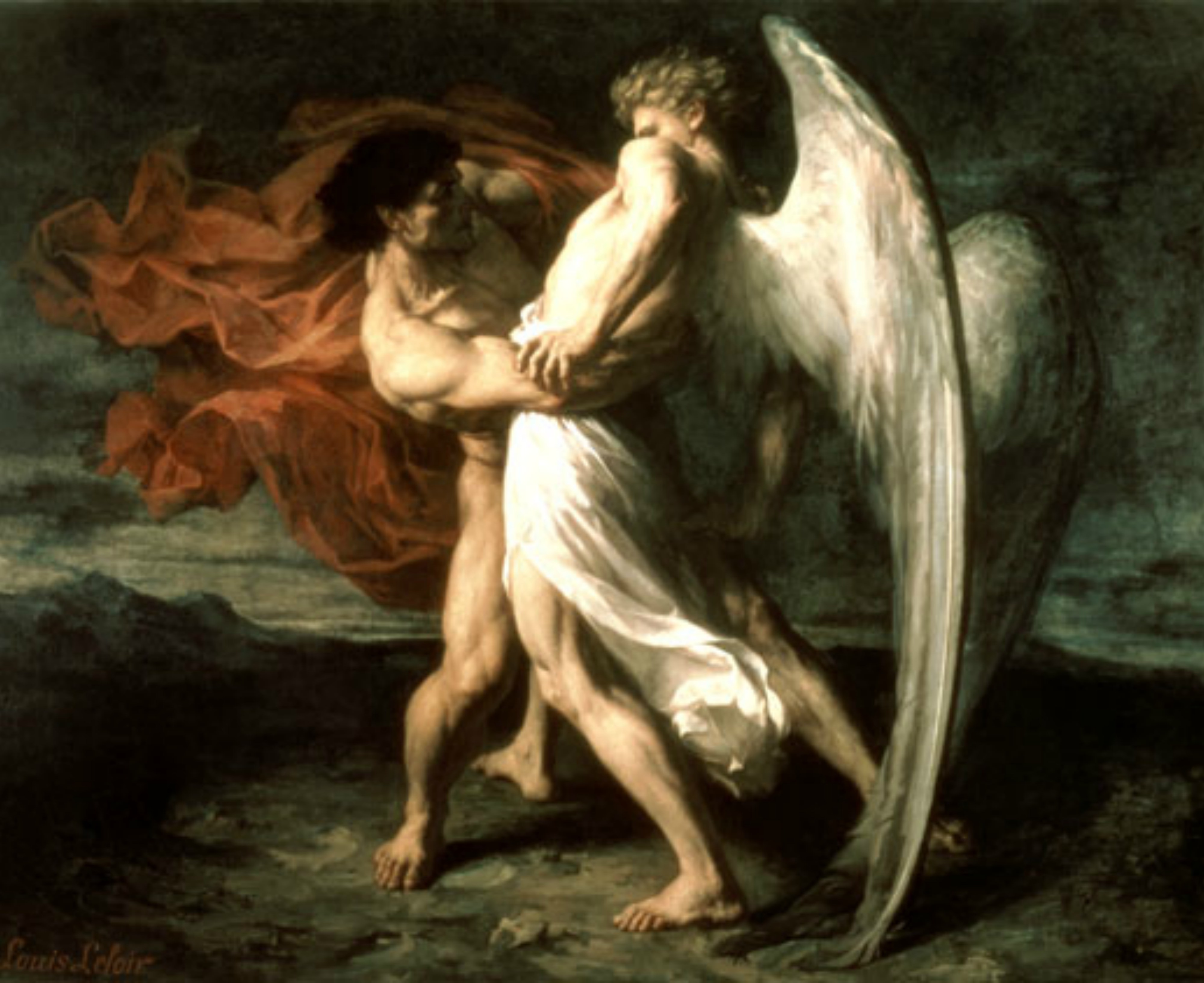
 It came most recently from
It came most recently from 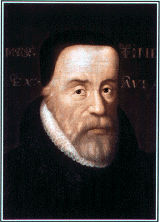 So anyway, the answer is probably not. (A conservative Christian wouldn’t think of wrestling or arguing with God.) But an
So anyway, the answer is probably not. (A conservative Christian wouldn’t think of wrestling or arguing with God.) But an  Which brings up the
Which brings up the 
 My last post was
My last post was  All Hallows’ Eve – October 31 – was originally established around that time as a
All Hallows’ Eve – October 31 – was originally established around that time as a  Another thing they did was build bonfires, or literally
Another thing they did was build bonfires, or literally 
.jpg)
 Well, we did it. My brother and I arrived in
Well, we did it. My brother and I arrived in 
 Re: “Different kind of hell.” The allusion is to
Re: “Different kind of hell.” The allusion is to 
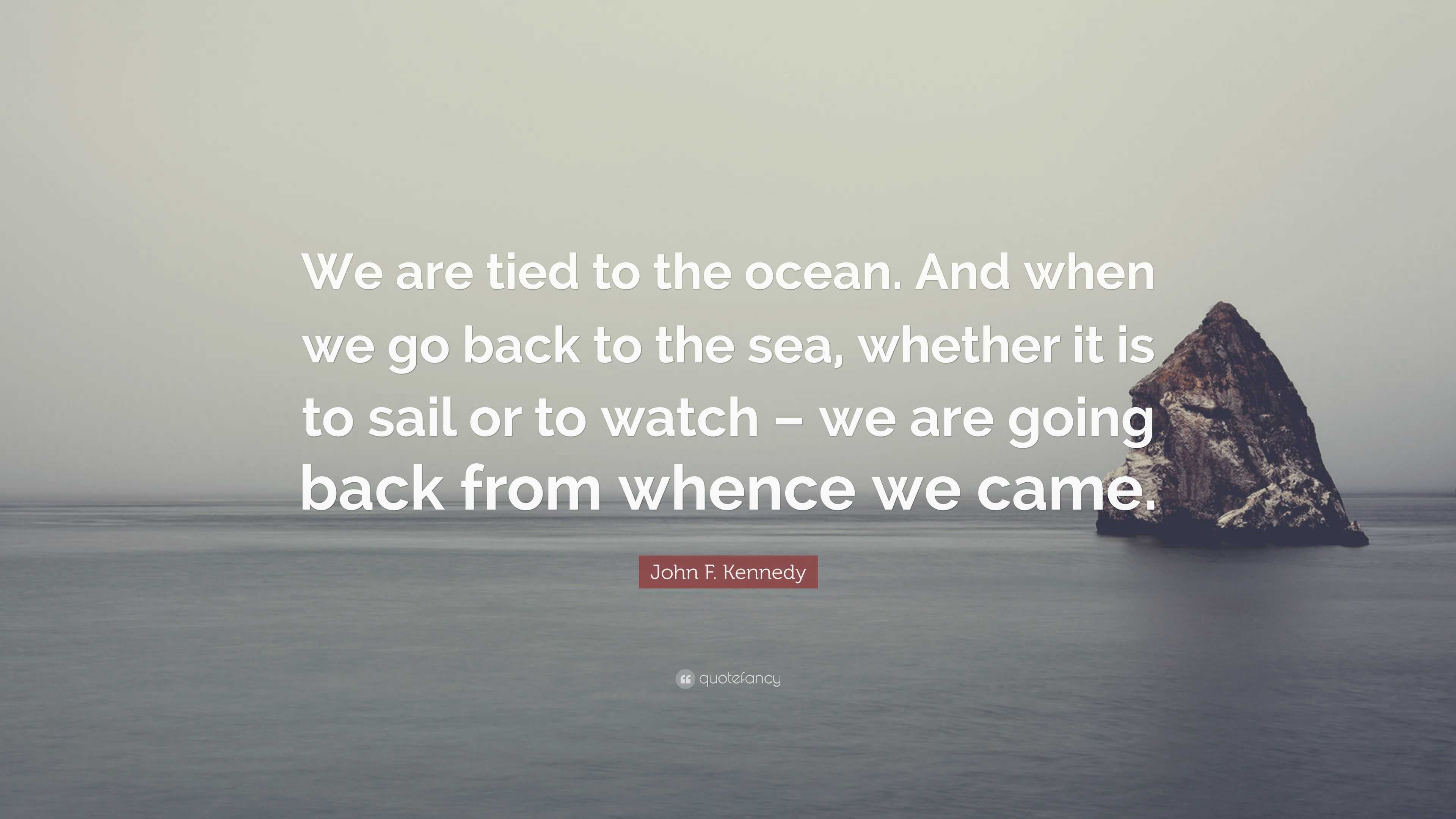 In less than 24 hours I’ll be winging my way from Atlanta to
In less than 24 hours I’ll be winging my way from Atlanta to 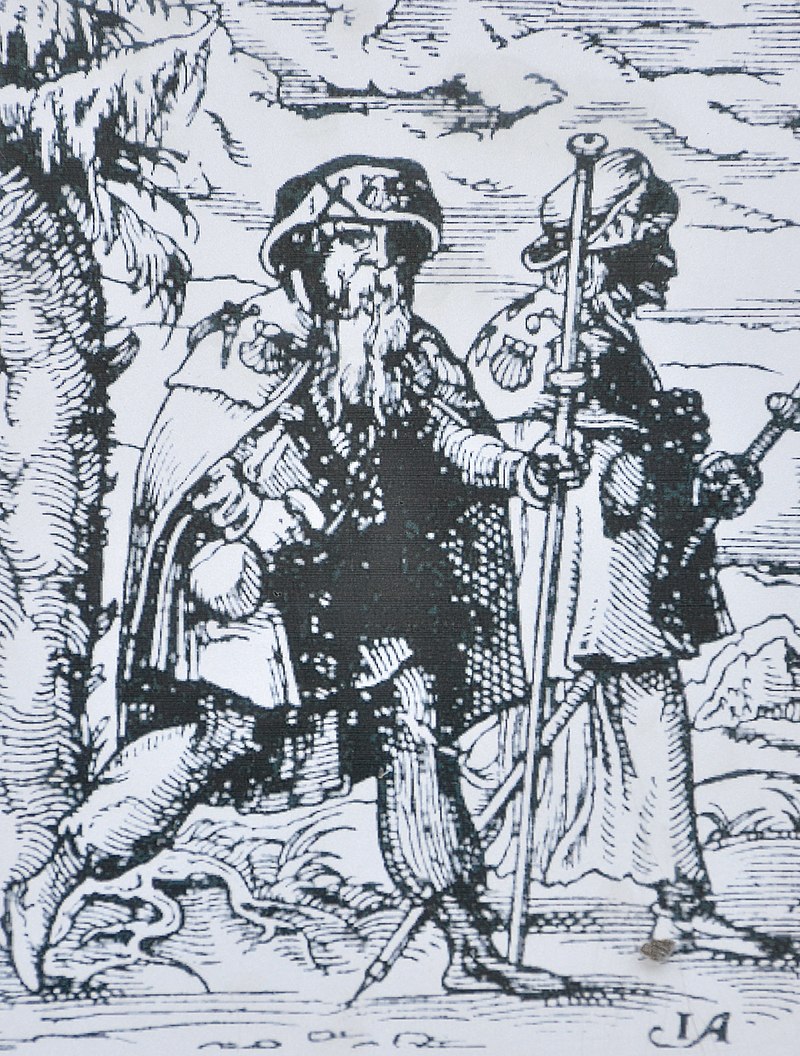 And one of the best-known pilgrimages involves the
And one of the best-known pilgrimages involves the 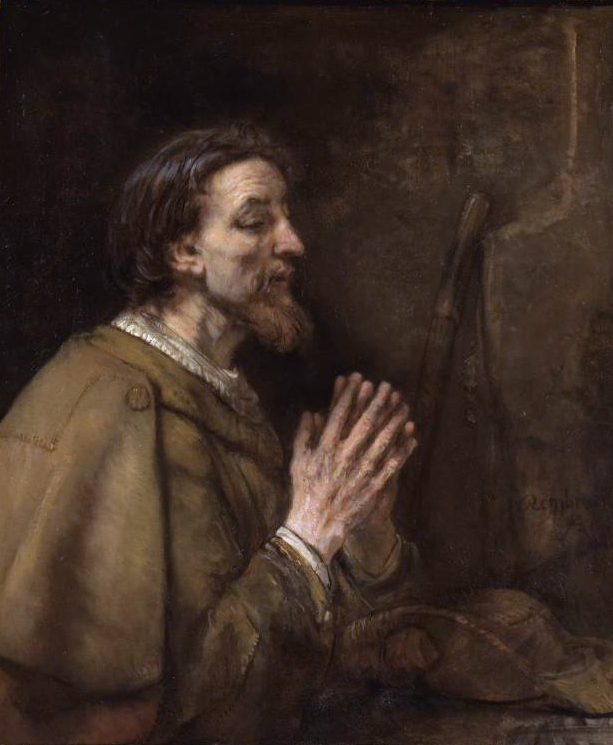 That is,
That is,  In other words, exploring the mystical side of the Bible helps you “be all that you can be.” See
In other words, exploring the mystical side of the Bible helps you “be all that you can be.” See 
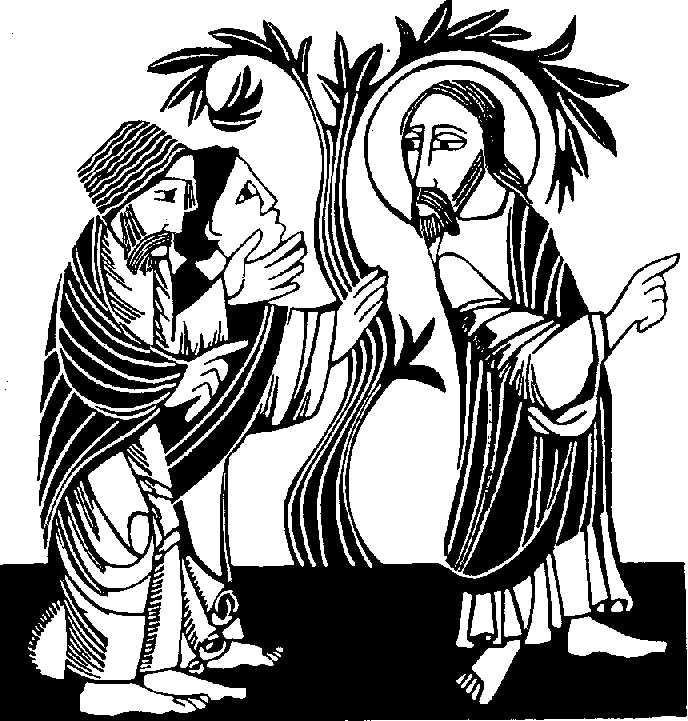 And so our August 24 “St. Bart” is generally identified as the famous
And so our August 24 “St. Bart” is generally identified as the famous  But perhaps the best answer came from
But perhaps the best answer came from 
 Re: Pope John Paul II’s 1997 statement. He issued it on August 23, the eve of St. Bartholomew’s Day, in the city where the massacre took place. Note also the poignant painting by “
Re: Pope John Paul II’s 1997 statement. He issued it on August 23, the eve of St. Bartholomew’s Day, in the city where the massacre took place. Note also the poignant painting by “
 Last Sunday, August 6, was the
Last Sunday, August 6, was the  But then these Christians don’t build anything on top of that foundation. That results – spiritually speaking – in something like the image at right: A “foundation,” with noting built on top of it. Or put this way:
But then these Christians don’t build anything on top of that foundation. That results – spiritually speaking – in something like the image at right: A “foundation,” with noting built on top of it. Or put this way:

 On a more positive note, July 25 was the Feast Day for
On a more positive note, July 25 was the Feast Day for 
 I’ve used a lot of terms to describe that type of Christian; the kind this blog tries to challenge. To get them to “explore their full potential.” I’ve tried terms like
I’ve used a lot of terms to describe that type of Christian; the kind this blog tries to challenge. To get them to “explore their full potential.” I’ve tried terms like  Also, being too comfortable – in life or in Bible study – “causes negative mindset and attitude.” And that – unfortunately – is what many Christians are known for. (As noted in
Also, being too comfortable – in life or in Bible study – “causes negative mindset and attitude.” And that – unfortunately – is what many Christians are known for. (As noted in  The
The 

 At this point it should be noted that
At this point it should be noted that  Which is another way of saying the nastier you are, the more you “win.” It also means a person who is not content with being just a
Which is another way of saying the nastier you are, the more you “win.” It also means a person who is not content with being just a 
 “Note” also that an asterisk in the main text indicates a statement supported by a reference detailed further in this “notes” section. Thus as to
“Note” also that an asterisk in the main text indicates a statement supported by a reference detailed further in this “notes” section. Thus as to